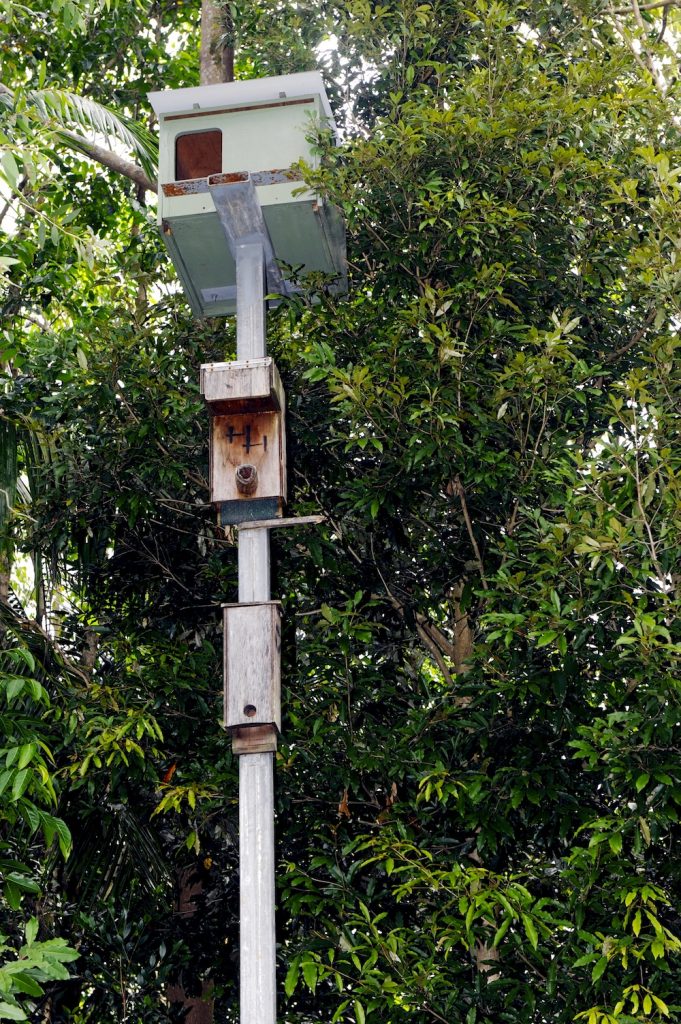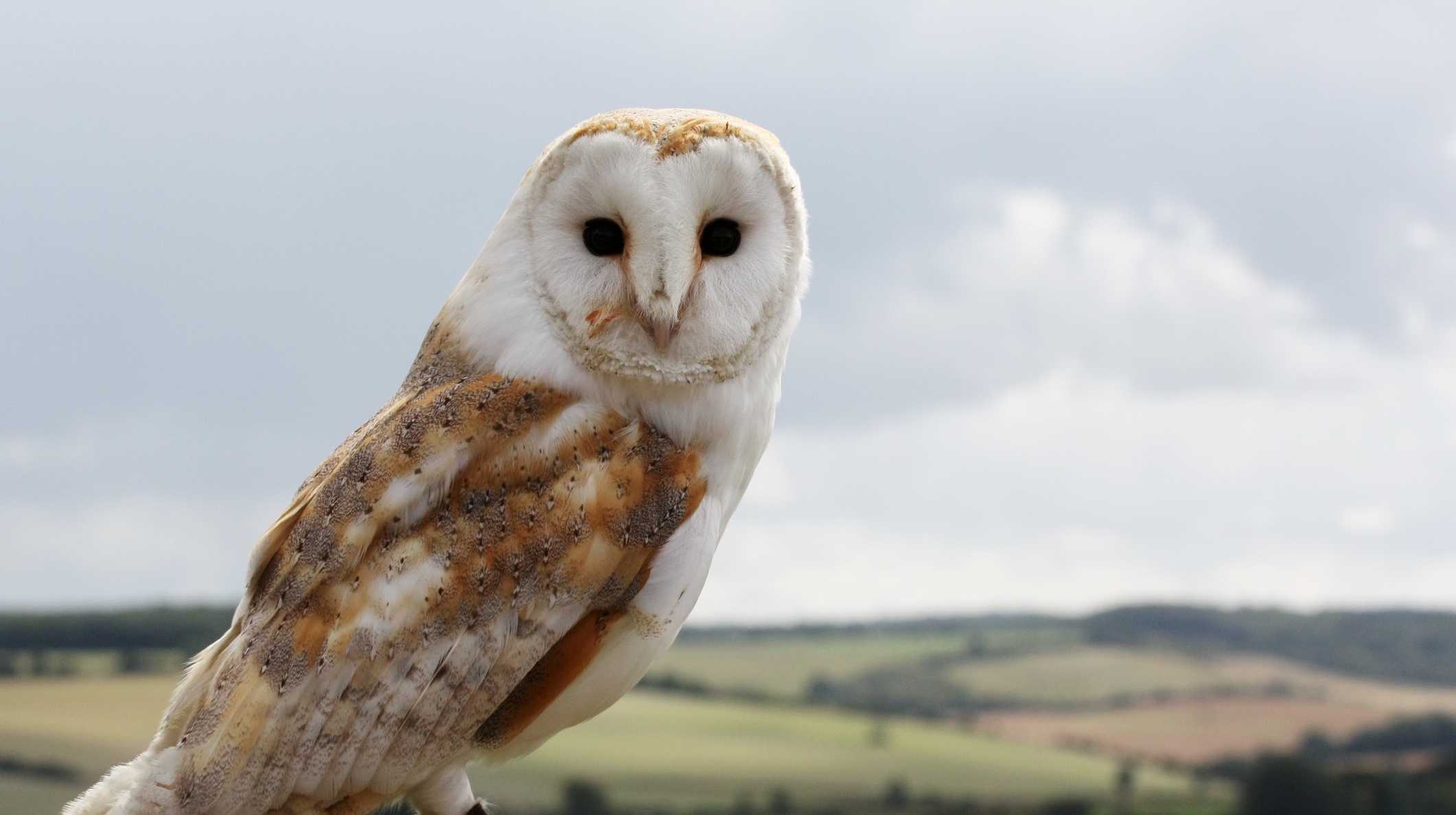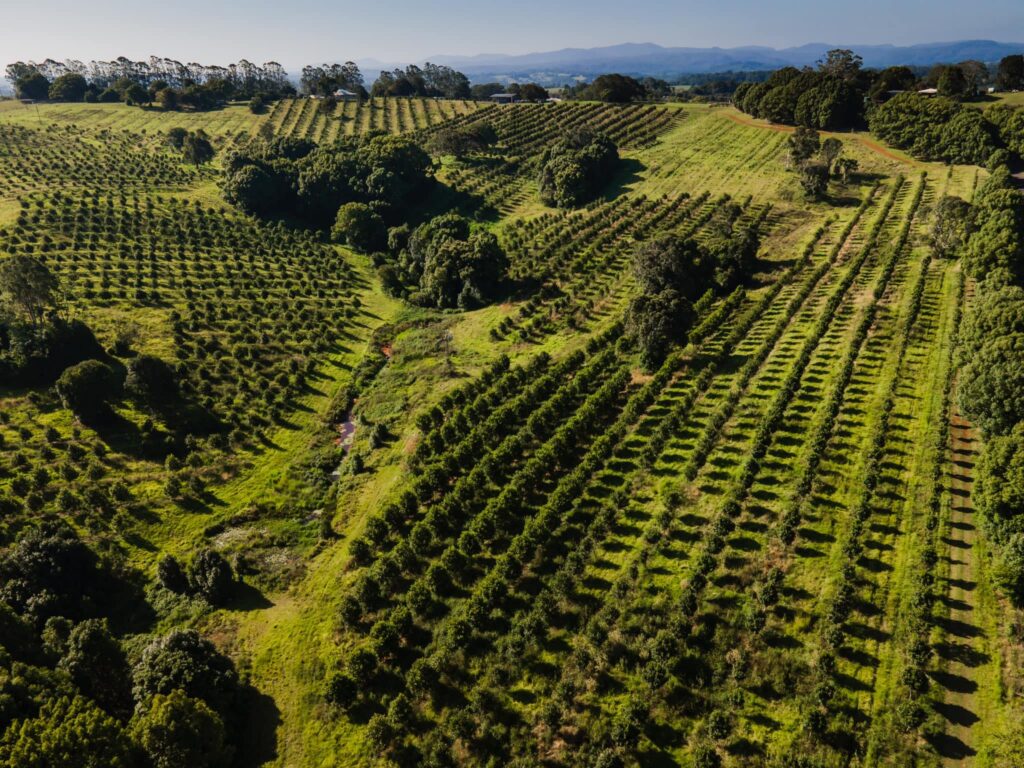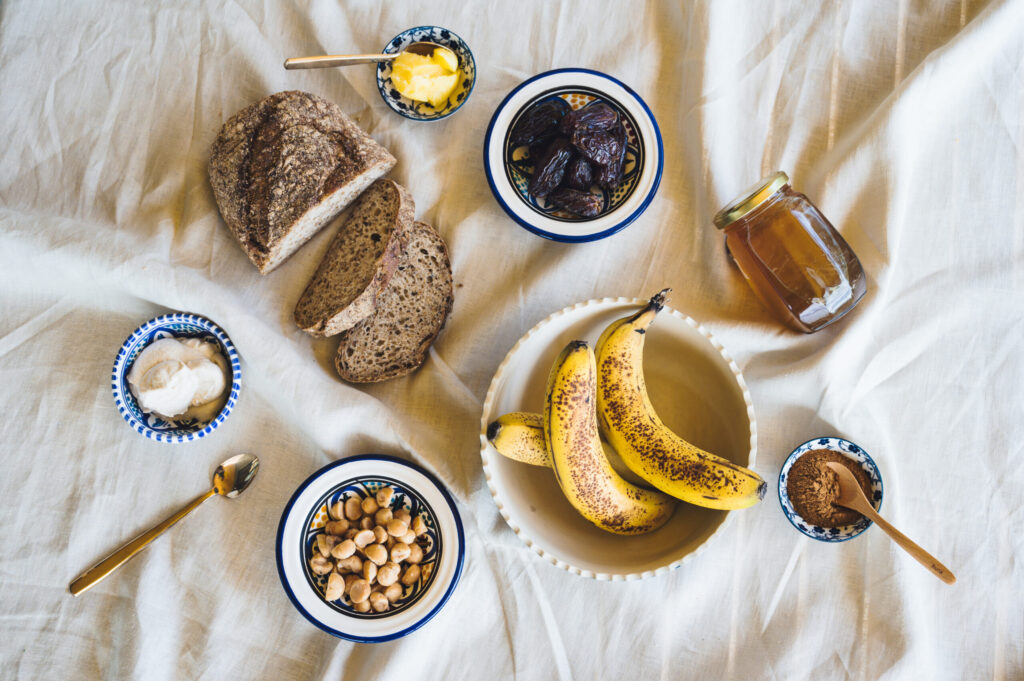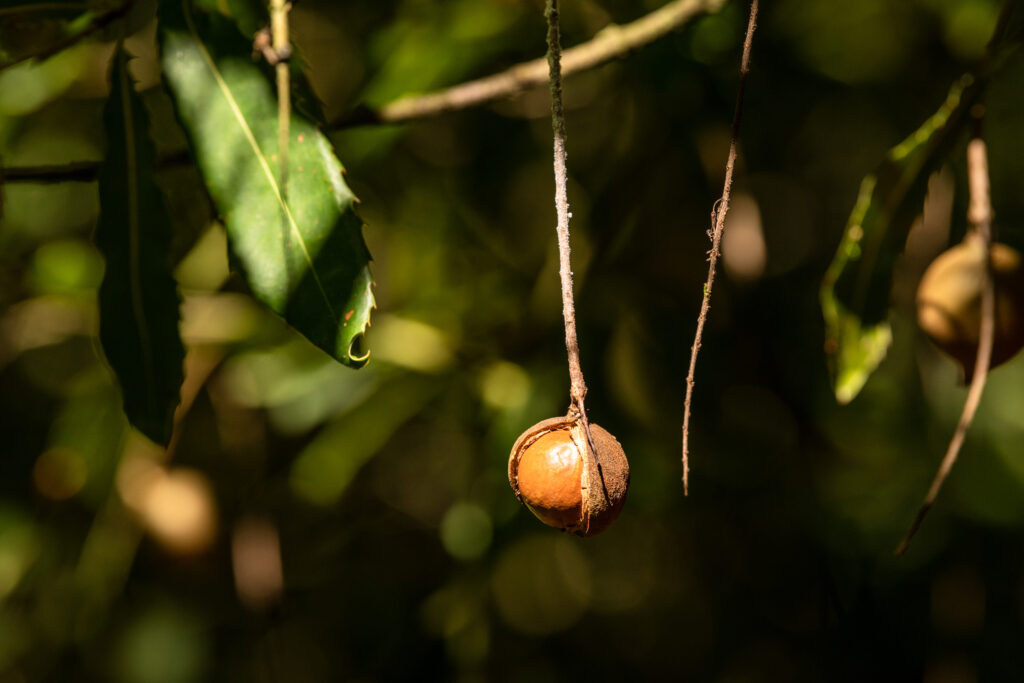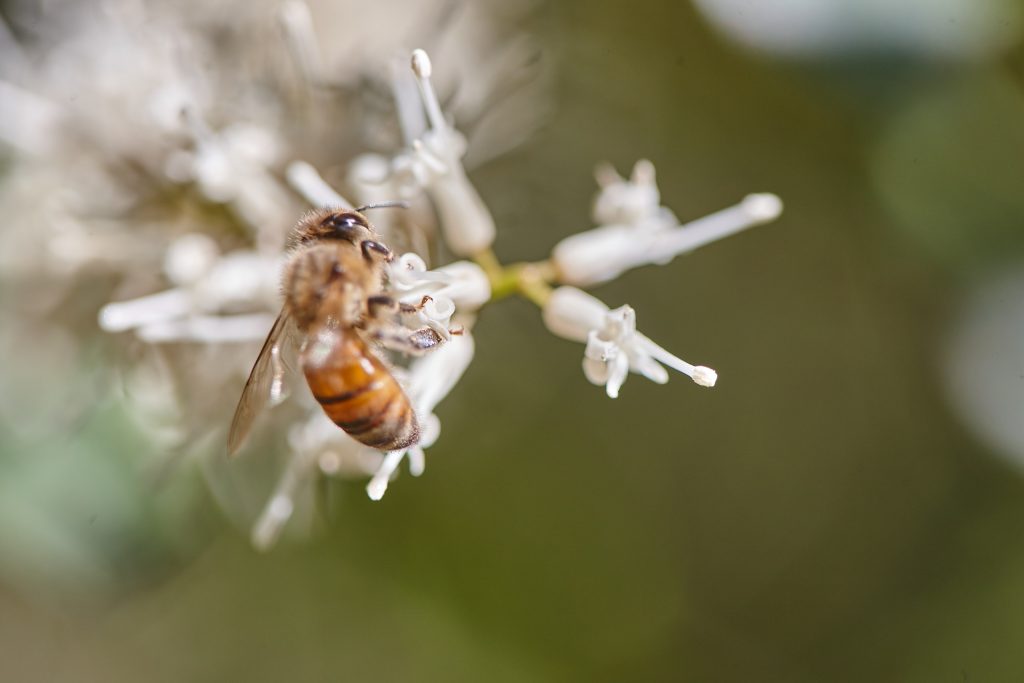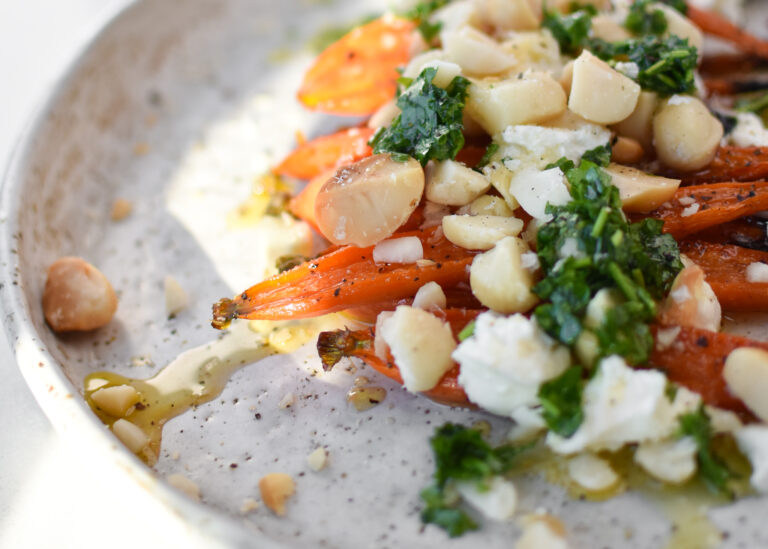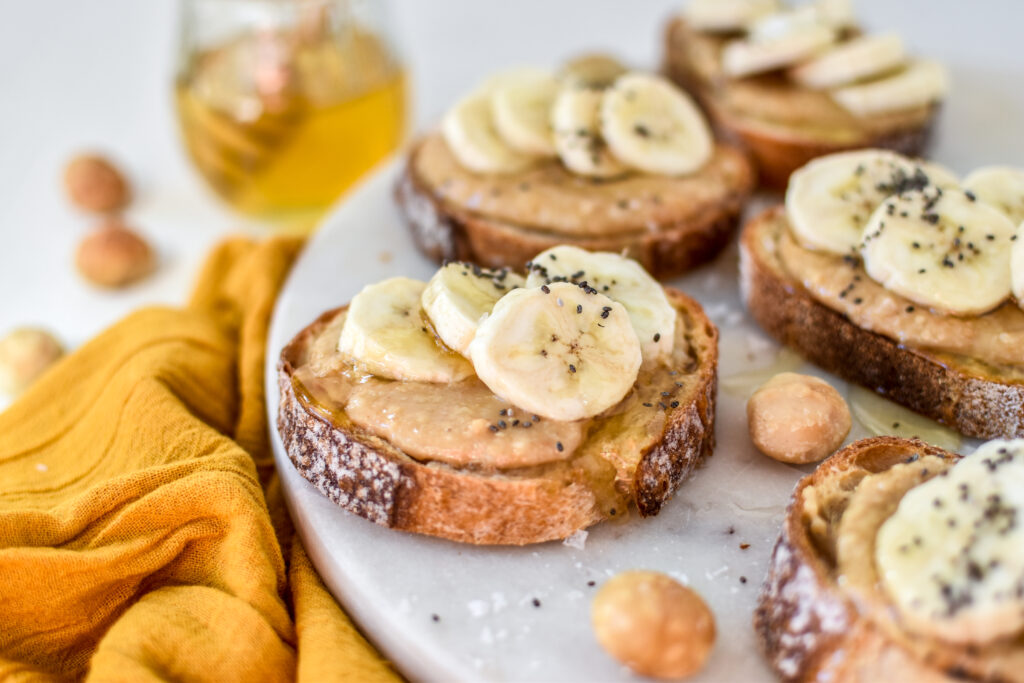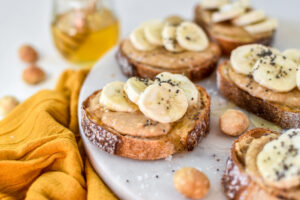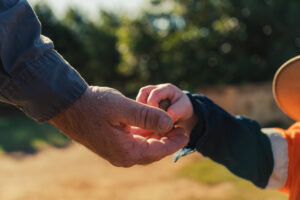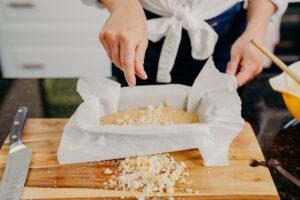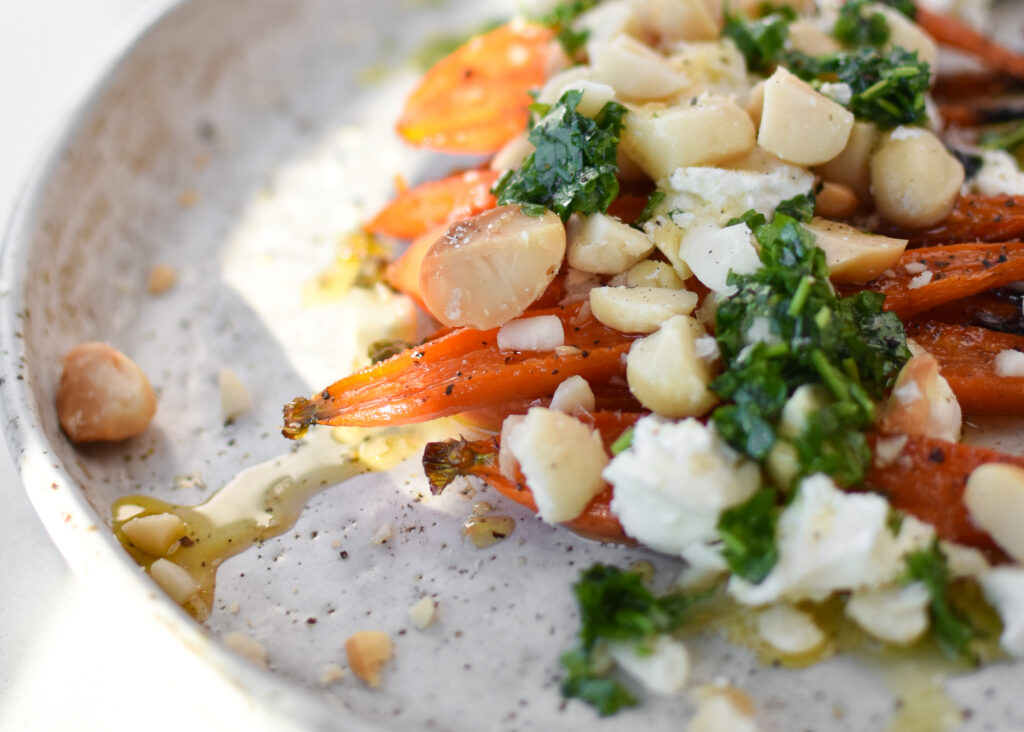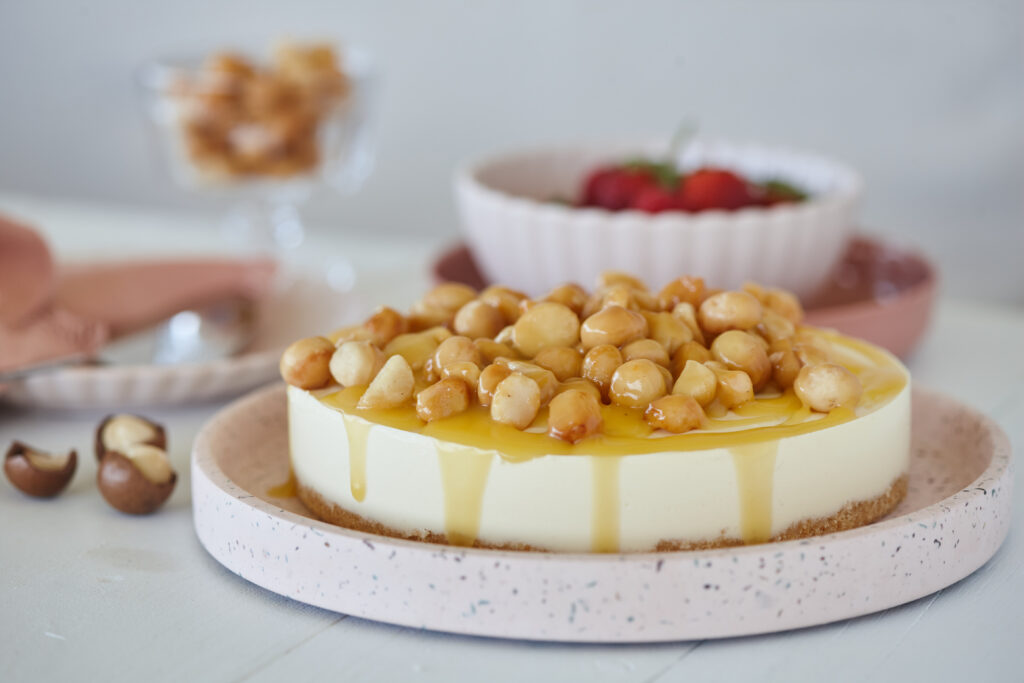The feathered friends helping keep pests at bay.
Nobody likes pests, especially macadamia farmers. And one particular pest, the humble rat, is one of the few rodents with teeth strong enough to chew through the hard, outer shell of a macadamia nut. So if these creatures move into a macadamia orchard they can gorge on both the immature, green nuts and stocks of precious, fully mature macadamias. The resulting damage can be significant, with some farmers reporting crop losses of up to 20%.
One of the best friends a macadamia farmer can have is the native barn owl (Tyto alba). Barn owls are top-order carnivores and play a vital role in the functioning of ecosystems. A single barn owl can catch up to six to ten rats per night, making them an eco-friendly pest control system for farmers struggling to restrict rodent populations.
Unfortunately, most macadamia orchards do not provide adequate habitat for barn owls. Owls need somewhere to breed and perch – most commonly using hollow trees – as they do not construct nests. Barn owls also require clear sightlines on their prey, something the dense foliage of macadamia trees prevents.
So many macadamia farmers are now trying making barn owls feel at home in their orchards. In the absence of hollow trees, growers are retro-fitting their properties with perches and owl boxes and strategically planting native trees both amongst and alongside the macadamia trees. Partnerships between the macadamia industry and universities are examining the success of these measures and looking at ways this biological pest control can be enhanced. Other native controls for a variety of pests, such as using bats and insects, are also being explored.
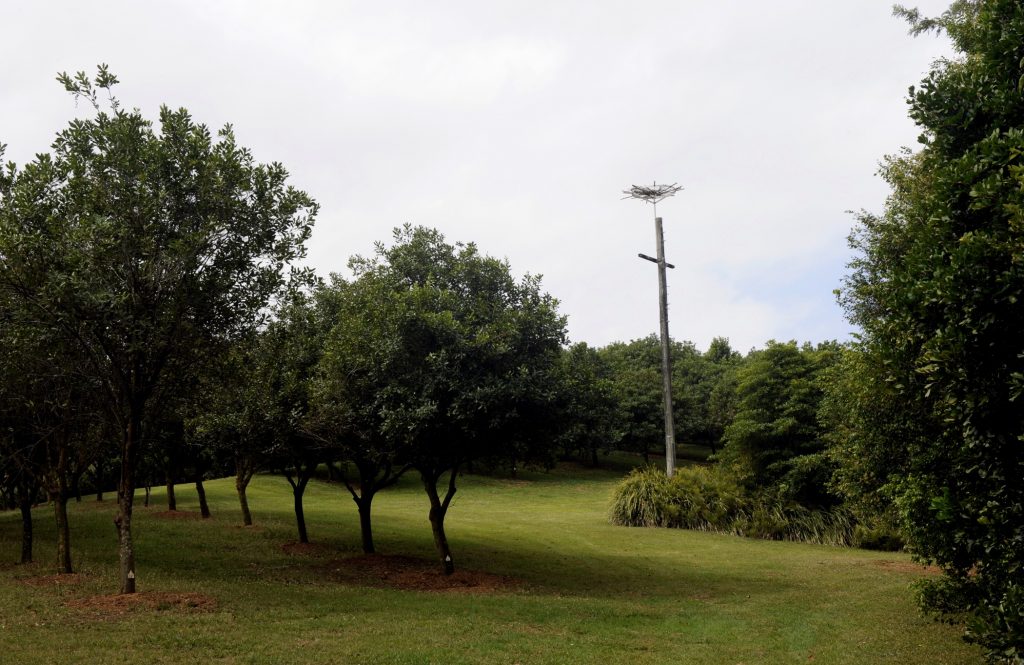
In the heart of macadamia country at Knockrow, the Macadamia Castle showcases the importance barn owls can play in agriculture at its Nocturnal House enclosure. Inside the exhibition, light controls have been used to control when the owls are awake, so they are active during daylight hours. As well as a barn owl, Nocturnal House is home to a boobook owl and a sugar glider. Visitors can learn about the animals and experience the fascinating world that exists when most of us are asleep. The aim of the exhibition is to highlight the important role owls and other nocturnal animals play in conservation. This is a role macadamia farmers know all too well.
